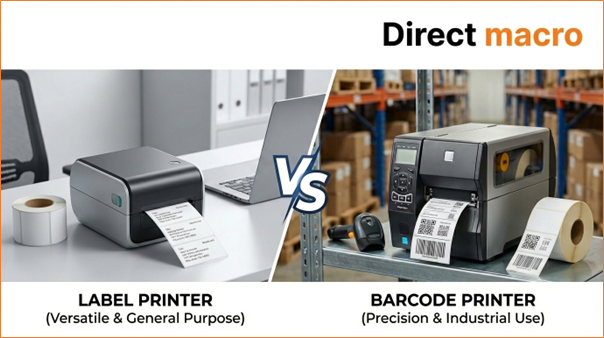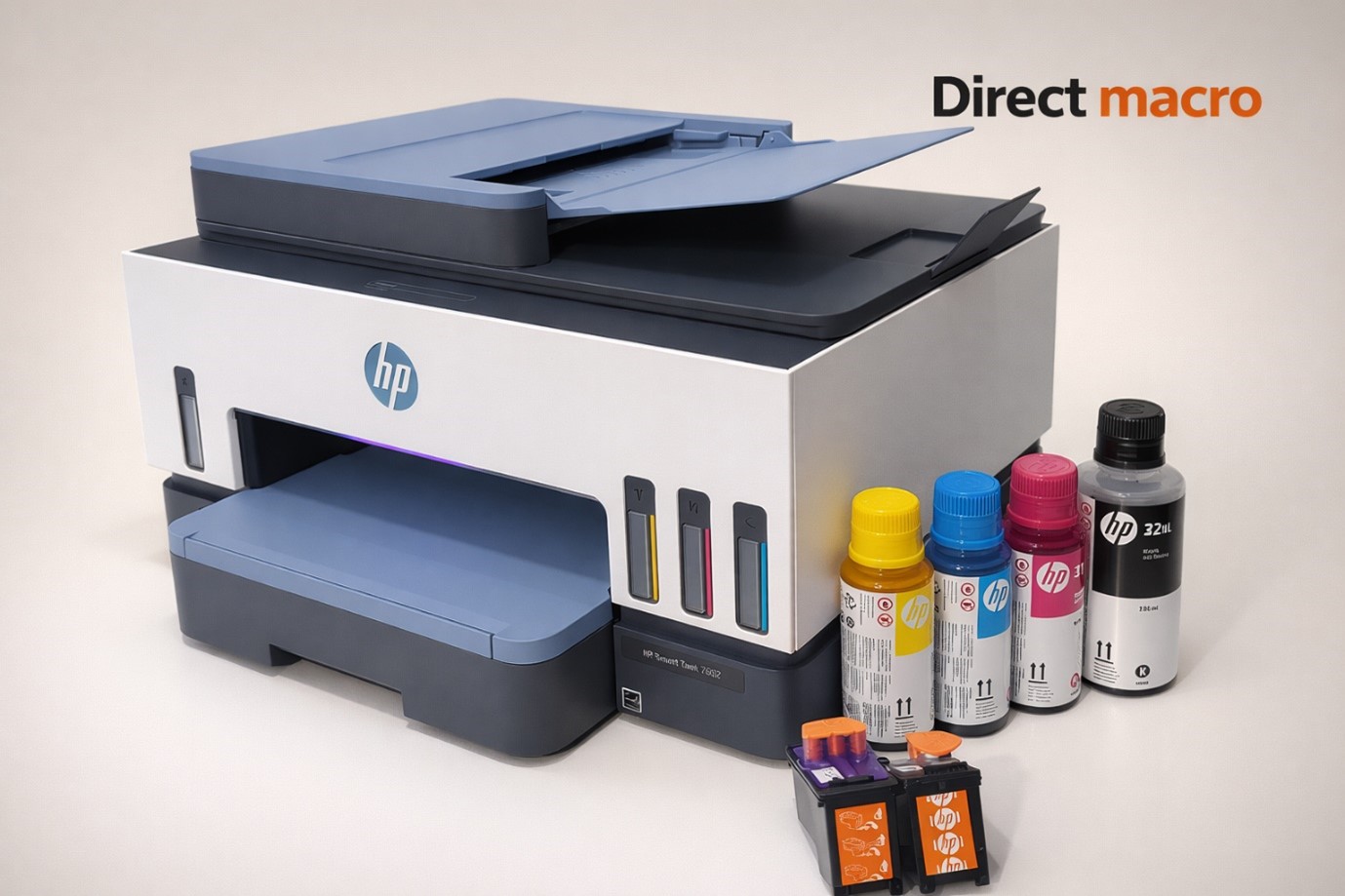Ultimate KVM Switch Guide for Home and Office
A KVM switch (Keyboard, Video, Mouse switch) is a hardware device that allows users to control multiple computers using a single keyboard, monitor, and mouse. Users can seamlessly switch between different computers by pressing a button or a hotkey, streamlining their workspace and improving productivity.
This guide will cover everything you need to know about KVM switches, from their basic definition and types to key features to consider when purchasing one. We’ll also highlight some of the top KVM switches for different needs and provide tips on setting them up for optimal performance.
What is a KVM Switch Functionality?
A KVM switch (Keyboard, Video, Mouse switch) is a versatile device that connects a single set of peripherals to multiple computers. The primary function of a KVM switch is to enable the user to control multiple computers from one workstation. It does this by routing the signals from the keyboard, monitor, and mouse to the selected computer.
Functionality-wise, a KVM switch simplifies the management of multiple systems. Instead of cluttering your desk with multiple keyboards, monitors, and mice, you connect your devices to the KVM switch. You can switch control between the connected computers using various methods, such as a push button, keyboard shortcut (hotkey), or remote control. This seamless switching capability reduces the time and effort required to manage multiple systems and improves overall productivity.
Importance of KVM Switches in Managing Multiple Computers
In today’s multi-device environment, KVM switches play a crucial role in managing several computers efficiently. They eliminate the need for multiple sets of peripherals, reduce desk clutter, and enhance workflow by providing quick and easy access to numerous systems. Whether in a professional setting or a home office, a KVM switch ensures smooth operation and better space utilization.
Different Types of KVM Switches (e.g., USB switch, HDMI, DisplayPort)
KVM switches come in various types, each catering to different needs:
- USB Switch: Connects via USB ports and is ideal for basic peripheral-sharing setups.
- HDMI KVM Switch: Supports HDMI video output, perfect for high-definition displays.
- DisplayPort KVM Switch: Offers superior video quality and is suitable for advanced display configurations.
Each type has its advantages, depending on the specific requirements of your setup.
Everyday Use Cases for KVM Switches
KVM switches are used in various scenarios, including:
- Home Offices: Managing work and personal computers with a single set of peripherals.
- Professional Environments: IT departments, data centers, and server management use network switches and KVM switches where they need to control multiple systems.
- Gaming Setups: Switching between gaming consoles and PCs without changing monitors or input devices.
Key Features to Look for in a KVM Switch
-
Number of Ports
The number of ports on a KVM switch determines the number of computers you can control. Choose a switch with enough ports to handle your current and future needs.
-
Compatibility with Different Operating Systems
Ensure the KVM switch is compatible with your operating systems, whether it’s Windows, macOS, Linux, or others. Cross-platform support can be a significant advantage in mixed environments.
-
Video Resolution Support
High video resolution support is essential for clear and sharp display quality. For optimal performance, look for KVM switches that support at least 1080p HD or higher resolutions.
-
Peripheral Sharing (e.g., USB devices, audio)
Some KVM switches offer additional ports for sharing peripherals like USB devices and audio outputs. This feature enhances versatility and convenience by allowing you to connect and control more than just your keyboard, mouse, and monitor. You can also add other switches to enhance connectivity among your devices.
-
Switching Methods (e.g., hotkeys, push buttons, remote control)
Different KVM switches provide various switching methods. Hotkeys and push buttons are common, but some advanced models include remote control options for added convenience. Choose a method that suits your workflow.
-
Build Quality and Design
A sturdy and well-designed KVM switch ensures longevity and reliability. Look for models with durable materials, good heat dissipation, and compact designs that fit well in your workspace.
Top KVM Switches for Different Needs
Choosing the right KVM switch can significantly enhance productivity and simplify workspace management. Certain KVM switches might be more suitable depending on your specific requirements. Here, we’ve assessed and categorized the top KVM switches to help you find the perfect match for your needs.
Best Overall KVM Switch
The Dell 16-Port KVM Switch (0582RR) is a versatile and powerful solution for large-scale environments. With its 16 ports, this switch can handle extensive connectivity requirements, making it ideal for data centers and IT departments where managing multiple systems is a daily task.
- Why it’s the Best Overall KVM Switch: This switch stands out due to its high port count, reliable performance, and ease of management. It supports high video resolutions, ensuring clear and sharp displays across all connected systems. Additionally, its compatibility with various operating systems adds flexibility, making it a comprehensive solution for diverse setups. Despite its higher cost, its functionality and reliability justify the investment, making it the best overall choice for extensive system management.
Key Features and Specifications:
- 16 ports for extensive connectivity.
- High video resolution support.
- Compatible with multiple operating systems.
Pros:
- Supports numerous devices.
- Reliable performance.
- Easy to install and manage.
Cons:
- Higher cost compared to other models.
Ideal Use Cases:
- Large IT environments and data centers requiring extensive system management.
Best Budget KVM Switch
The Dell 8-Port KVM Switch (0180ES) offers a cost-effective solution for users needing to manage multiple computers without breaking the bank. It features 8 ports, sufficient for small to medium-sized setups, and supports decent video resolution, ensuring a smooth visual experience.
- Why it’s the Best Budget KVM Switch: This switch is perfect for budget-conscious users who still require robust functionality. Its affordability does not compromise its performance, making it an excellent choice for small offices or home users managing up to 8 computers. The user-friendly interface and reliable connectivity make it a practical and economical option.
Key Features and Specifications:
- 8 ports for moderate connectivity needs.
- Decent video resolution support.
- USB peripheral sharing.
Pros:
- Affordable price.
- Suitable for small to medium setups.
- User-friendly interface.
Cons:
- Limited ports for larger setups.
Ideal Use Cases:
- Small offices and home users managing up to 8 computers.
Best KVM Switch for Gaming
The IBM 2X16 CONSOLE Switch (41Y9315) is designed with high-performance needs in mind, making it an excellent choice for gaming setups. It supports up to 16 devices and offers high-definition video resolution, ensuring gamers experience minimal latency and crisp visuals.
- Why it’s the Best KVM Switch for Gaming: Gamers often require quick and seamless switching between multiple systems, and this IBM switch delivers just that. Its low latency switching and support for high-definition displays make it a top choice among the best switches for gaming environments. The robust build quality ensures durability, even with intensive use, providing a reliable gaming experience.
Key Features and Specifications:
- Supports up to 16 devices.
- High-performance switching.
- Excellent video resolution.
Pros:
- Low latency switching.
- Supports high-definition displays.
- Robust build quality.
Cons:
- It may be overkill for non-gaming setups.
Ideal Use Cases:
- Gamers with multiple systems requiring seamless and fast switching.
Best KVM Switch for Dual Monitors
The Dell 8-Port Rackmount KVM Switch (023EEH) is the best KVM switch for dual monitors. It provides enhanced support and connectivity for multi-display configurations and offers 8 ports, making it suitable for managing multiple systems efficiently.
- Why it’s the Best KVM Switch for Dual Monitors: This switch benefits dual monitor setups due to its specialized support for multiple displays. The sturdy rackmount design ensures stability and ease of integration into existing setups. Its enhanced video resolution support and the ability to handle multiple inputs make it a top choice for professionals requiring dual monitor configurations.
Key Features and Specifications:
- Supports dual monitor setups.
- 8 ports for multiple systems.
- Enhanced video resolution support.
Pros:
- Ideal for dual monitor configurations.
- Sturdy rackmount design.
- Easy to integrate into existing setups.
Cons:
- Requires rackmount setup.
Ideal Use Cases:
- Professionals and enthusiasts with dual monitor requirements.
Best Professional KVM Switch
The Dell Rack Mount Bracket KVM Switch (PC420) is built for professional environments. It offers a robust and reliable solution for managing multiple systems. Its rack-mount design ensures a secure fit in professional settings, such as server rooms and IT departments.
- Why it’s the Best Professional KVM Switch: This switch is ideal for professional use due to its durable build quality and extensive connectivity options. It supports high video resolutions and is compatible with multiple operating systems, ensuring smooth and efficient management of various devices. Its professional-grade performance and reliability justify the higher price point, making it the best choice for demanding environments.
Key Features and Specifications:
- Robust rack mount design.
- Supports multiple operating systems.
- High video resolution support.
Pros:
- Professional-grade build.
- Excellent for server rooms and IT departments.
- Supports extensive connectivity.
Cons:
- Higher price point.
Ideal Use Cases:
- Professional environments needing reliable and durable KVM solutions.
Step-by-Step Guide to Setting Up a KVM Switch
Step 1: Connect Your Peripherals
- Connect your keyboard, mouse, and monitor to the KVM switch. These ports are typically labeled, making identifying where each peripheral should be plugged in easy.
Step 2: Connect the Computers
- Connect each computer to the KVM switch using the appropriate cables (USB, HDMI, or DisplayPort). For monitors with only HDMI ports, use a USB to HDMI adapter.
Step 3: Power Up
- Connect the power adapter to the KVM switch and plug it into a power outlet. Turn on the switch.
Step 4: Familiarize with Switching Methods
- Learn the switching methods available on your KVM switch, such as hotkeys, push buttons, or remote control. Advanced models, like a smart switch PC, offer remote switching options.
Step 5: Test the Setup
- Verify that all connected devices are working correctly by switching between computers.
Tips for Troubleshooting Common Setup Issues
- No Display: Check cable connections and ensure all devices are powered on.
- Unresponsive Peripherals: Verify that all cables are securely connected and compatible with the KVM switch.
- Switching Issues: Consult the KVM switch manual for specific instructions on hotkeys or remote control settings.
Best Practices for Optimal Performance
- Cable Management Arm: The cable management arm keeps cables organized to avoid tangling and potential disconnections.
- Regular Updates: Ensure your KVM switch firmware is up-to-date for the best performance.
- Adequate Ventilation: Place the KVM switch in a well-ventilated area to prevent overheating.
Following these steps and tips will help you set up your KVM switch effectively, ensuring a smooth and efficient workflow.
Conclusion
A KVM switch is one of the networking devices that simplifies your workspace by allowing control of multiple computers with one set of peripherals, enhancing efficiency and reducing clutter. Options range from the versatile Dell 16-Port KVM Switch for IT environments to the budget-friendly Dell 8-Port KVM Switch for smaller setups. Gamers can opt for the IBM 2X16 CONSOLE Switch, while professionals might prefer the Dell 8-Port Rackmount KVM Switch for dual monitors or the robust Dell Rack Mount Bracket KVM Switch.
Choosing the right KVM switch from Direct Macro boosts productivity and streamlines your system management. It’s a smart investment for any multi-computer setup.
FAQs
Are KVM switches still used?
Yes, KVM switches are still widely used, particularly in data centers, IT environments, and professional workspaces. They are essential for managing multiple computers with a single set of peripherals, reducing clutter, and increasing efficiency. They are also popular among gamers and for managing multiple systems in remote work setups.
How useful is a KVM switch?
A KVM switch is highly useful for consolidating control of multiple computers using one keyboard, monitor, and mouse. It allows seamless switching between systems, saving space, reducing hardware costs, and enhancing productivity. It’s particularly beneficial in IT management, server rooms, and environments where quick access to multiple computers is needed.
What does KVM stand for?
KVM stands for Keyboard, Video, and Mouse. It refers to a hardware device that allows users to control multiple computers using a single set of these peripherals, enabling efficient management and operation of various systems from one workstation.
What is a KVM disadvantage?
One disadvantage of KVM switches is that they can introduce latency, especially in high-performance applications like gaming or graphic design. Additionally, some KVM switches might not support all peripheral types or advanced features like multi-monitor setups. Compatibility issues can also arise with certain operating systems or specific hardware configurations.
Do you need advice on buying or selling hardware? Fill out the form and we will return.

Sales & Support
(855) 483-7810
We respond within 48 hours on all weekdays
Opening hours
Monday to thursday: 08.30-16.30
Friday: 08.30-15.30













